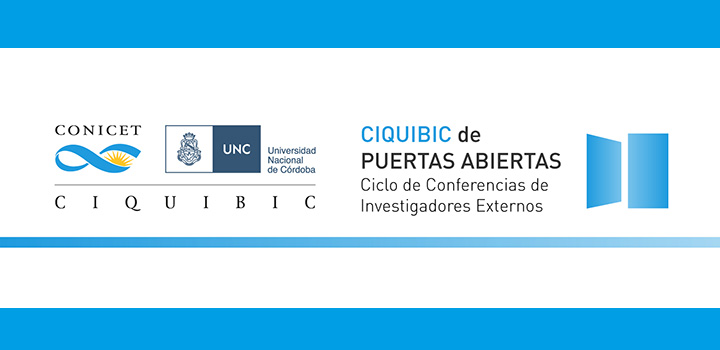We are pleased to invite you to the beginning of the fifth Cycle of Conferences of External Investigators "CIQUIBIC de Puertas Abiertas" to be held next Thursday 11 of April, to 17 hours, in the Auditorium of the Integrating Building of the Faculty of Chemical Sciences of our University. A 25 years of his death, this year the cycle will be dictated in tribute to Dr.. Ranwel Caputto, who was founder of CIQUIBIC and pioneer in scientific promotion in our country and in our province in particular. To evoke his legacy, The cycle will begin with a semblance of the work and life of Dr.. Caputto a cargo of Dr.. Hugo F. Maccioni after which the inaugural conference will take place, by Dr.. Andrea Gamarnik, Principal Investigator of CONICET and Director of the Institute of Biochemical Research of Buenos Aires (IIBBA-CONICET-Leloir Institute Foundation).
Dr.. Gamarnik will speak on:
Role of RNA structures in the flavivirus genome and their adaptation to different hosts
The genus Flavivirus includes about 80 emerging and re-emerging viruses that can cause disease in humans. These viruses have a wide and diverse ecological distribution. The flaviviruses that alternate between vertebrates and invertebrates are in general important pathogens and are mostly transmitted by mosquitoes such as dengue viruses., Zika and yellow fever. In addition, there are tick-borne flaviviruses and others that cycle in a single host, either insects or mammals. Flaviviruses contain a positively polarized RNA genome that has a single open reading frame flanked by highly structured noncoding regions that regulate viral replication.. The variability of these RNA structures are determinants of the replicative capacity of the virus, as well as pathogenesis and transmission between hosts. In our laboratory we identify and study the functions and mechanisms of action of these viral RNA structures. On the one hand we identify structures that govern viral processes, how is the amplification of the genome itself, and on the other hand we discovered structures that modulate the ability of flaviviruses to pass from one host to another. Based on these findings, we proposed a universal mechanism for RNA synthesis of all flaviviruses.. We also identify RNA elements in viral genomes that fulfill different functions in mosquitoes and humans that facilitate host change..



